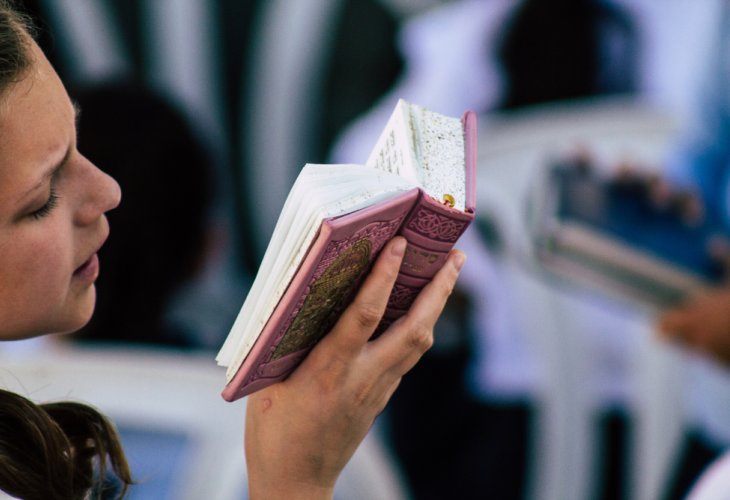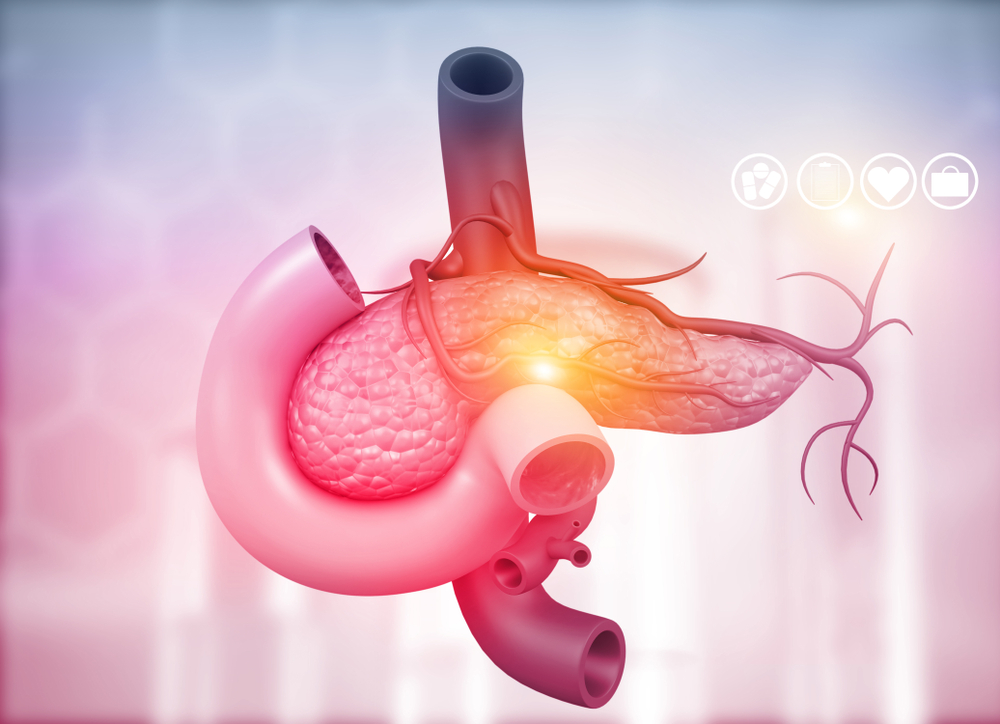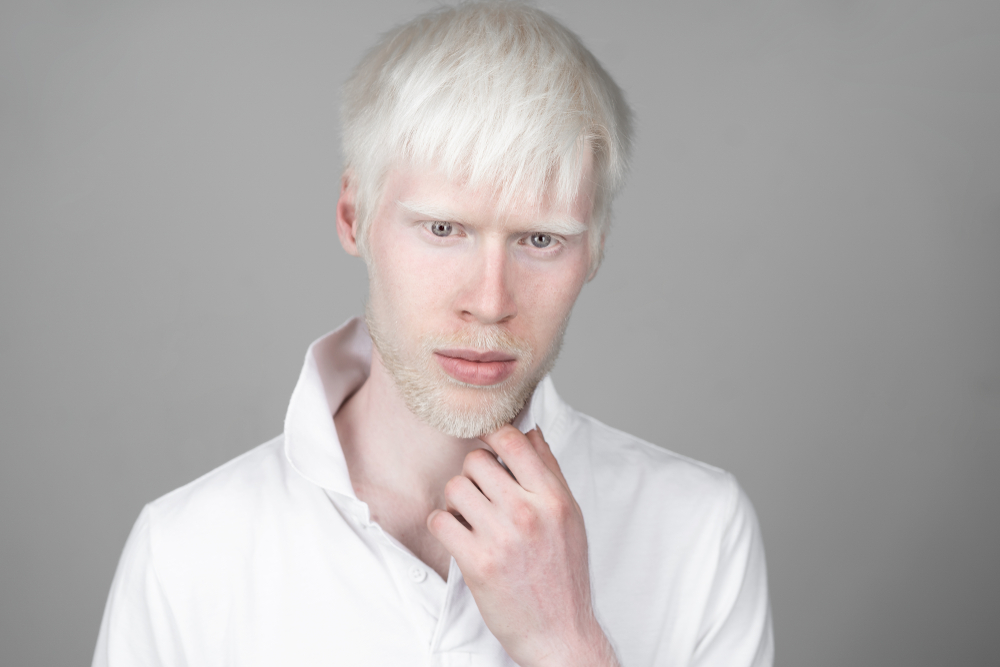"Now I Pray, Later I Will Speak to Hashem": 5 Points for Reflection
What is the sophisticated clinic inside the womb? To whom do we pray? How are blood sugar levels balanced? What is the difference between the legs of different birds, and how is our world so colorful?
 (Photo: shutterstock)
(Photo: shutterstock)1. A Sophisticated Clinic in the...Womb?!
Anyone who has seen a premature baby lying in an incubator at the hospital knows the tough feeling that accompanies the experience: a surge of pity, compassion, and concern for the tiny creature connected to a range of tubes and devices.
So what, actually, is an incubator?
An incubator is a closed cradle that maintains suitable environmental conditions, optimal for newborns. It is mainly used for premature or sick infants. The incubator allowsoxygenation (to help babies breathe more easily) and maintenance of constant temperature and humidity (a premature baby cannot regulate its body heat) according to the baby's needs. Additionally, the incubator helps limit bacterial exposure and provides a sterile environment.
Staying in an incubator provides a safe environment for the ongoing development of the premature baby, ensuring its safety and health, and is crucial for the newborn's survival. And I wonder, who installed a sophisticated natural incubator in every woman's womb, holding the baby in controlled conditions of temperature, humidity, and oxygen, protecting it from infections critical for its survival and proper development?
In fact, a complete clinic exists within the mother's body just for the fetus, a sophisticated clinic operating automatically without any human assistance! Could it be that these wonders, indicating planning, coordination, and purpose, were created without a guiding and supervising hand?!
2. "Now I am Praying, Later I Will Speak to Hashem"
My three-year-old daughter Hallel prays, moving her lips, mumbling, gently swaying her body back and forth—mimicking her praying mother.
I watched her "praying," occasionally stopping to play with her little sister beside her. I told her, "Hallel, talk to Hashem, ask Him for requests, it is worth it!" Suddenly, Hallel looks at me with a "reproachful" look and says, "Daddy, now I am praying, later I will speak to Hashem..."
Her answer amused me. After all, if one prays to Hashem - they are speaking to Hashem, right? Apparently not necessarily. With one small sentence, little Hallel taught me one of the strongest moral lessons I have ever heard.
I thought about all my prayers as of late. Yes, I prayed, but did I really speak in prayer to Hashem? Yes, I spoke, I uttered words but whom was I really speaking to?...Turns out, it was myself! I wasn't truly talking with Hashem, with my Father, King of all kings...
Unfortunately, some people pray but don't truly internalize whom they are praying to, with whom they are speaking... and I am among them. Turns out I too behave like a three-year-old.
I pray to understand in every prayer before whom I am praying. May I merit... simply, may I merit to speak with Hashem in prayer...
3. A Sweet Organ
The pancreas is a small organ located behind the stomach, in the rear part of the abdominal cavity.
The pancreas plays vital roles in regulating body systems, like producing pancreatic juices that contain enzymes helping the body break down food and digest it. Additionally, the pancreas produces and secretes the hormones glucagon and insulin, which are responsible for regulating blood sugar levels.
Pay attention to the amazing automatic mechanisms occurring within us.
Insulin is produced in the pancreas and is secreted into the bloodstream in response to increased sugar levels (for example, after meals). Insulin allows the sugar to enter the various body cells, where it is needed to produce the energy required for their proper functioning.
 (Photo: shutterstock)
(Photo: shutterstock)When a person eats and their blood sugar level rises, insulin allows the excess sugar to be transferred from the bloodstream into the body's cells for generating energy, enabling the cell to continue living and performing its functions. Thus,insulin regulates blood sugar levels.
In diabetics, there is a lack of insulin, or a defect in its action, or a high resistance of the tissues to it. If one suffers from insulin deficiency or faulty insulin, the body lacks the means to move sugar into the cells. As a result, glucose accumulates in the blood, a condition known as "hyperglycemia" (while a state of glucose deficiency in the blood is called "hypoglycemia").
The hormone glucagon produced in the pancreas has the opposite effect of insulin. This hormone is secreted by the pancreas when blood glucose (sugar) levels are low and need to rise. Glucagon signals the liver to convert stored glycogen (a multi-sugar) into glucose and release it into the blood.
In fact, the sugar balance in the body is influenced by two primary hormones: insulin - which lowers blood sugar levels by driving sugar into cells, and glucagon - which mainly affects the liver. When blood glucose (sugar) levels are low, it causes the liver to release stored glucose into the blood, directly leading to an increase in blood sugar levels.
Who is the "engineer" that designed the sugar regulation in our body, a process so critical for our survival? Who is the "chemist" who created the chemical-hormonal makeup of insulin and glucagon? Who is the "plumber" that perfectly delivers sugar to the cells to provide them energy? And generally, how does this system operate so perfectly without us even controlling or being aware of it? An extraordinary wonder...
4. Show Me Your Feet, and I'll Tell You What Bird You Are
A superficial look gives the impression that all birds have the same toes on their feet, but notice. Although most birds have four toes on each foot (usually three facing forward and one facing backward), and all birds have a claw at the tip of each toe, the order and size of the toes, as well as the size and shape of the claws, vary according to the lifestyle of the different species.
Birds of prey (like eagles, vultures) have thick toes with large, sharp, curved claws that assist in catching and holding their prey, allowing birds of prey to seize their prey (Scratching foot).
Poultry birds (like chickens, peafowl), which scratch the ground for food, have toes like a rake (Scratching foot).
Ducks and aquatic birds are equipped with toes connected by swimming membranes that aid in movement in the water, using their legs like oars (Swimming foot).
Sparrows (songbird family) have a long back toe (with three forward), helping them grip a perch tightly (Perching foot).
Fast-running birds (like ostriches) have strong legs and three toes instead of four, adapted for fast running (Running foot).
A woodpecker (drilling into trees while searching for food) has two toes facing forward and two backward, allowing it to climb without falling backwards (Climbing foot). This structure is typical of parrots as well, giving them the ability to move on a tree trunk like on a climbing wall—up, down, and sideways.
The shape of a bird's foot tells about where it lives, its mode of operation, and the food it eats. The foot is adapted to the bird's movement and the tasks it performs with its feet: walking, swimming, grasping, perching, climbing, and preying.
The arrangement and shape of the toes are tailored to each bird's movement, and remarkably designed according to the type of food it eats. Humans must think, who is responsible for this? How was such amazing creation formed? Is it possible that this incredible creation, indicating planning, coordination, and purpose, was created without a guiding and supervising hand?!
5. A Colorful (and Wonderful) World
All humans, and even animals, have the color of their skin. And in the world of living creatures, there are animals in all colors.
Animal body colors are adapted to the environment where they live. Often, they help them hide from predators or aid predators in hunting their prey. Some animals have unusual colors, and others have the wonderful ability to change colors constantly.
For example, the lion's sand color camouflages it well. In contrast, polar bears are white, enabling them to blend with the snow they live in and sneak up on their prey. Tigers have stripes that make it hard for animals to see them among the bushes. Zebras have stripes intended to hide them from various predators that threaten them.
Skin color is determined by the amount and type of melanin pigment in the skin. The pigment is responsible for hair color and fur color in mammals. Beyond providing color, melanin has additional properties, including protection against heat damage.
But not everyone is so fortunate...
Many of us know the condition called albinism, which occurs in humans and animals (!), causing them to lack pigmentation in the eyes, skin, and hair. Albinism (Albinism) results from a genetic defect appearing as a deficiency in producing melanin—the substance providing color to the pigment cells in the skin, hair, and eyes. Hence their skin is exceptionally light, and their hair is white. Accompanying albinism are vision problems, increased sensitivity to light, flickering eyes, higher risk of burns due to sun exposure, and an increased risk of developing skin cancer over their lifetime.
 (Photo: shutterstock)
(Photo: shutterstock)So who is the "master painter" who painted us such a beautiful, colorful, and wonderful world? Each animal colored in its unique hue, without mistakes, together creating the most beautiful picture imaginable - the wonderful world we live in...?

